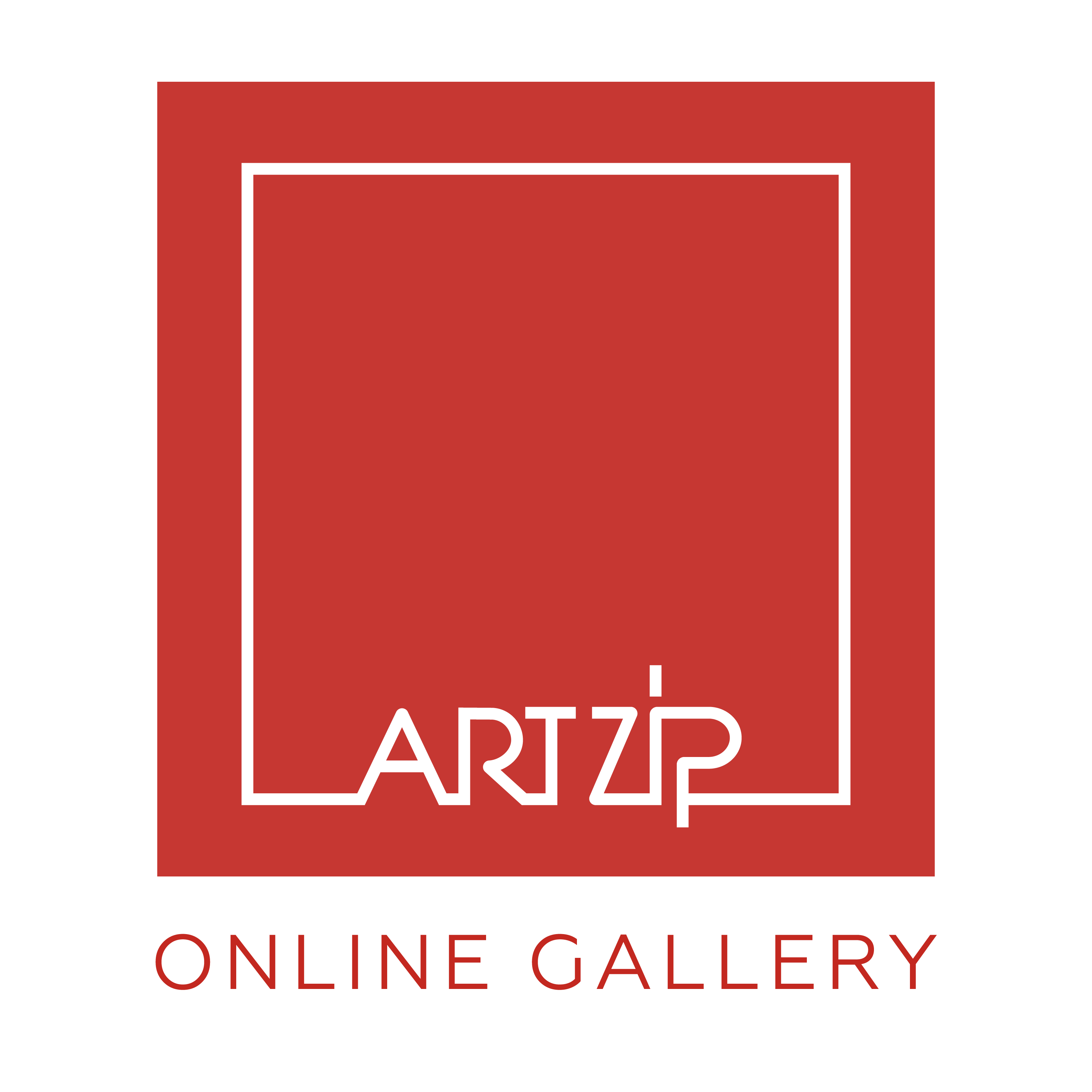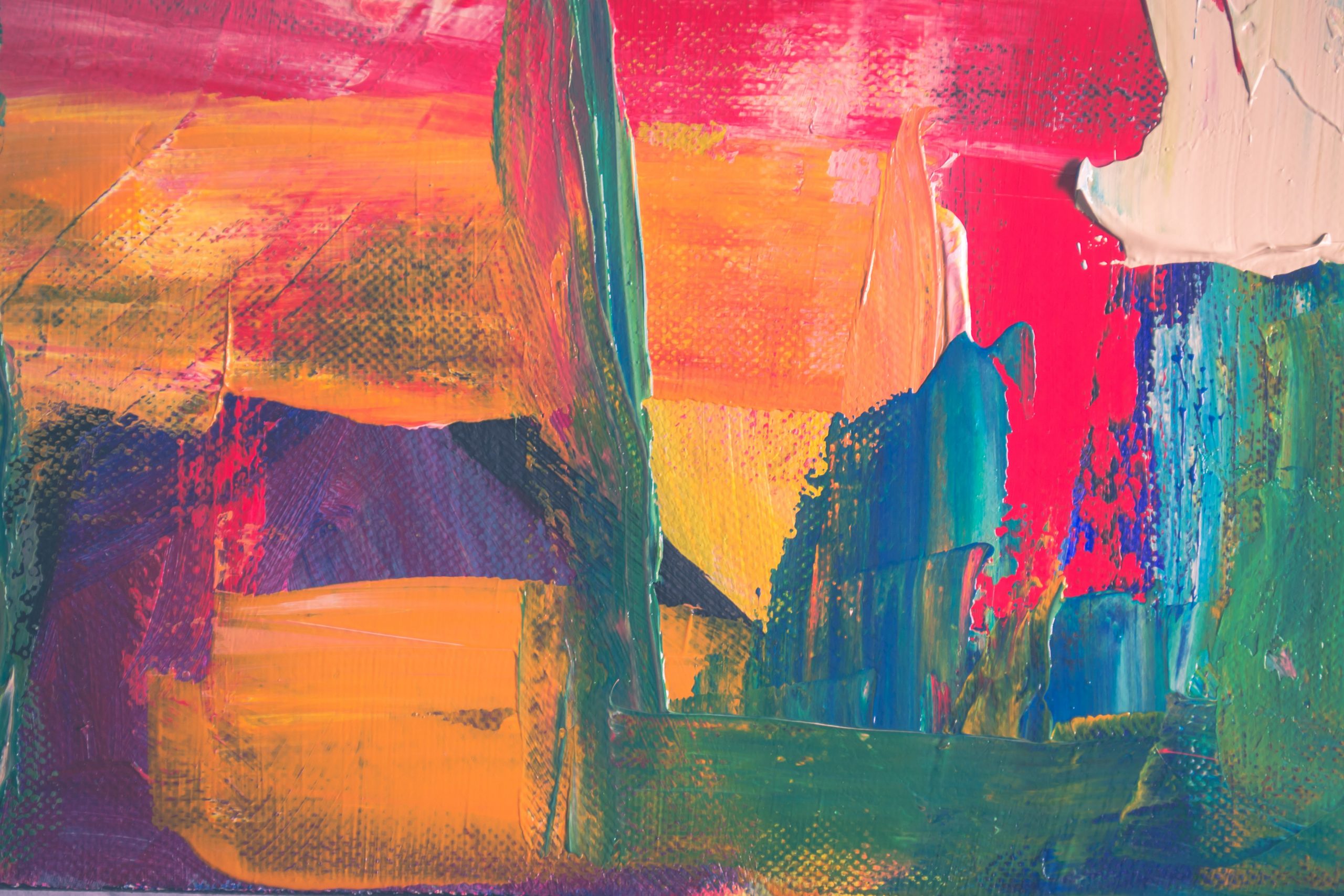Printed graphics – is a form of visual art that appeared five centuries ago. Its occurrence was conductive to the fact of the invention of printing and the development of humanistic ideas. The creation of mass-production works of art using various printing technologies followed the development of technological progress. Artists adopted new ways of reproducing and copying images and very quickly learned to create original works of art in similar, but still unique versions using these technologies.
Artists are engaged in printmaking for various reasons. They can be attracted to the process of working together in a printing workshop. For some of them the innovation potential that the medium of printmaking offers is important, and some are attracted by the ability to document every stage of the creative process. Usually, Printed graphics offers a completely different approach to creativity, compared to the general method of artist’s work. The history of printing is a timeline of technological change and creative rethinking, from the appearance of basic engraving techniques in the 15th century to digital printing in the 21st century.
Many artists have been engraving consistently throughout their careers – for example, Jasper Jones and Pablo Picasso are well-known examples of regular work in printmaking, while other artists join the print business in a burst of activity, by the invitation from art dealers or publishers. There are authors who deal only with Printed graphics, manage the entire printing process themselves and specialize only Printed graphics.



